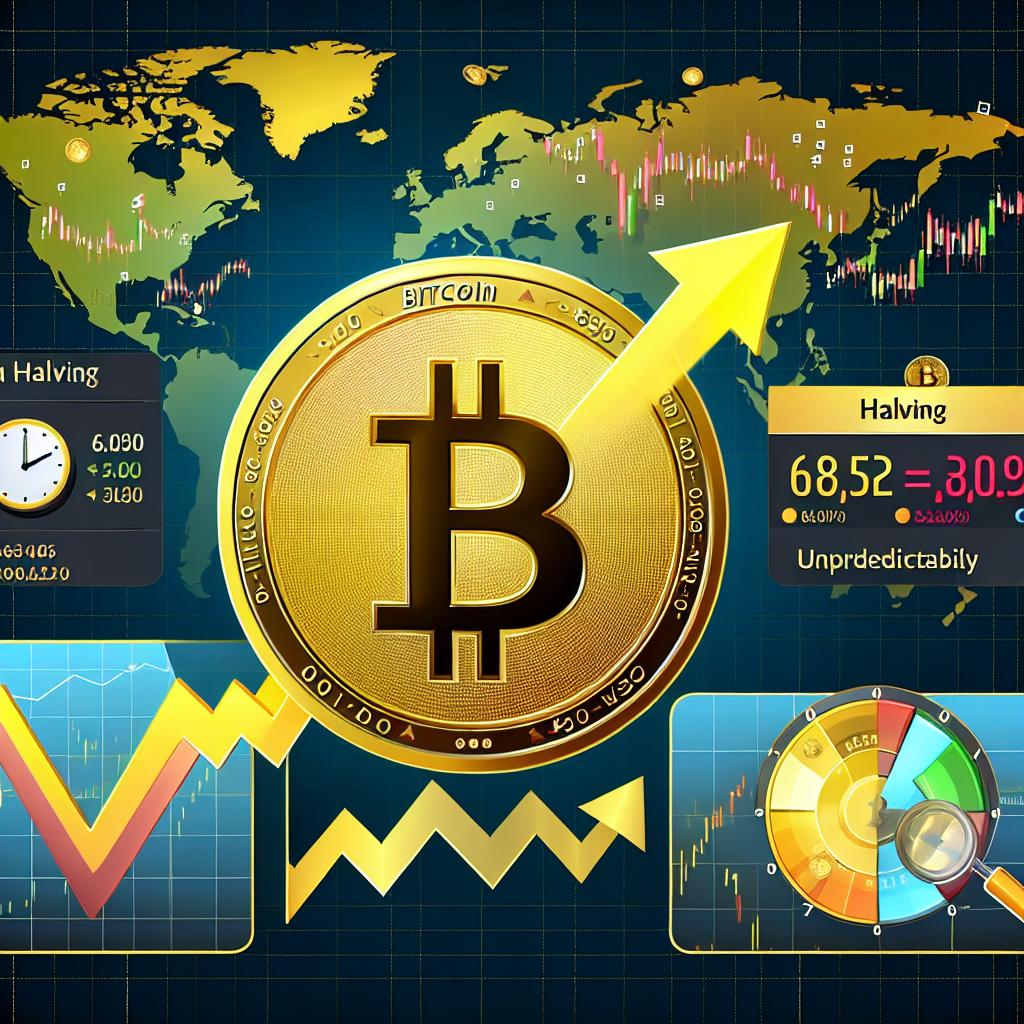Crypto’s been trying to grow up. There’s more institutional interest, cleaner custody solutions, and a steady flow of regulatory talk. The headlines have shifted from wild token launches to ETFs and real-world asset tokenization. It all points to a market trying to look more like traditional finance. But scratch the surface—and watch the charts for a week—and the same old truth is still there: crypto rewards short-term traders who understand how to move with volatility.
Even with all the talk of fundamentals, blockchain adoption, and real use cases, price action remains reactive, thinly anchored, and highly sensitive to narratives. Tokens still double on hype and drop 30% on a tweet. The patterns have matured, but the heartbeat is still chaotic. That’s not a flaw—it’s fuel for traders who know what to do with it.
As one expert from DayTrading.com puts it:
“Most of the so-called crypto investing happening today is actually short-term speculation dressed up as conviction. Volatility hasn’t disappeared—it’s just become more selective. And that still rewards traders who know how to act quickly, not just believe deeply.”
Liquidity is Shallow. That Works for the Nimble.
One of the reasons crypto still belongs to short-term traders is how liquidity behaves. In traditional markets, institutional flows and tighter bid/ask spreads create smoother trends. In crypto, even the top ten tokens can thin out fast on weekends or around big news. That creates sharp wicks, fakeouts, and momentum spikes that don’t suit long-term investors—but give active traders room to operate.
You don’t need hours of confirmation in this market. You need a trigger, a plan, and the willingness to get in and out without emotional hesitation. Crypto’s not clean. It’s fast. And it still rewards execution over philosophy.

Macro Still Hits Hard, and Fast
For all the focus on tokenomics, the biggest moves in crypto still come from macro shifts—CPI reports, Fed statements, interest rate expectations, ETF approvals. These are not long-term fundamentals. These are short-term shocks. And they create precisely the kind of 12-to-72-hour volatility windows that experienced short-term traders have always thrived in.
Long-term holders watch those events nervously. Short-term traders set alerts and look for volume spikes.
Altcoins Are Still a Trader’s Playground
Outside of Bitcoin and Ethereum, most tokens don’t have strong fundamentals. They’re speculative assets driven by sentiment, liquidity rotations, and short-term hype cycles. You can try to invest in them—but you’ll be better served trading them. Breakouts, false moves, front-running social sentiment, hunting order blocks—these are tools, not theories. And the traders using them still outpace passive holders in every single short-term cycle.
In altcoins, conviction is often just a slow way to lose capital. Trading is the tool that matches the structure of the product. And in 2025, that still hasn’t changed.
HODL Is a Narrative, Not a Strategy
There’s nothing wrong with long-term belief in the crypto market. But most self-described HODLers are not holding. They’re reacting emotionally to price swings, averaging down on bad entries, and mistaking volatility for opportunity. A proper investor doesn’t refresh the chart five times an hour. That’s a trader in denial.
The HODL strategy works best for Bitcoin in specific cycles, but the rest of the market doesn’t offer the same historical backing. Holding altcoins with no revenue, no moat, and no long-term liquidity doesn’t make you disciplined—it makes you exposed. Traders know when to get in and when to get out. Most “investors” don’t.
Trading Tools Keep Evolving—and So Do the Traders
With crypto now embedded in platforms offering options, perpetuals, leverage, and structured products, short-term traders have more tools than ever. Technical analysis, sentiment tracking, on-chain data, and even AI signal engines are now being used to tighten entries and exit faster. What used to be high-risk guesswork is now a structured, data-backed strategy.
This is not the Wild West anymore. It’s a battlefield with sharper weapons. The traders who survived the last cycles have adapted. They’re not watching YouTube hoping for a 100x. They’re building repeatable systems. And they’re still the ones pulling profit out of the noise.
Conclusion: The Edge Still Lives in the Short Term
Crypto isn’t dead. It’s just moving differently. But even as it matures, it continues to offer the kind of aggressive price action that favours short-term traders. That edge hasn’t disappeared—it’s just no longer for beginners.
Long-term stories may eventually take over. But for now, the smart money isn’t waiting for mass adoption. It’s moving fast, managing risk, and treating volatility like the feature it’s always been—not a bug to be fixed.
And that’s why crypto still belongs to the short-term trader.




